
Dear readers,
It's a quiet development in the yacht industry: shipyards, designers and builders are pushing the performance limits of their production touring yachts ever higher. Where elegance, cosiness and good-natured sailing characteristics were perhaps more important in the past, hull speed, sail area optimisation and hydrodynamic subtleties are increasingly coming into focus. Shipyards are investing heavily in the development of modern hulls, high-performance rig concepts and weight-saving construction methods - and not just for high-end racing yachts, but also specifically in the area of boats for the broad base of cruising sailors.
The approach is understandable: The need for speed in cruising sailing probably has more facets than you might think at first glance. If you can sail faster, you can reach your destination earlier, plan a diversion to the most beautiful anchorage or escape the impending weather window more quickly - for example. However, modern hull shapes not only offer more speed, but also stable sailing characteristics, better control and, above all, more safety - characteristics that sailors like to count on. And last but not least: sailing fast is simply more fun.
In addition, yachts with a higher performance capacity generally attract more interest from buyers. For many, it's like a car: performance is sexy, even if you don't necessarily always have to or want to utilise its potential. On a cosy family cruise on the Baltic Sea, the broad collective of touring sailors is unlikely to care whether you make progress at half a knot more or less. Rather, the journey is the goal.
The hunt for more performance also has its downsides. The modern, often more radical lines break with the classic ideal of beauty. Instead of long, elegant overhangs, harmonious shapes and soft transitions, aggressive-looking designs with an often almost threatening appearance set the tone today. What used to come across as a gently curved piece of maritime elegance now often looks as if it is about to become the Vendée Globe or - as is currently the case - the The Ocean Race Europe across the world's oceans. Anyone who falls in love with a boat for emotional reasons - and hopefully quite a few people do - will feel alienated here.
So why the urge? Part of the answer is probably to be found in the competition. In a tight market, any measurable improvement is always a good selling point. Sporty sailing characteristics and high performance potential are also undisputed seals of quality when assessing a cruising yacht - even if they are less important to the future owner in everyday life. What's more, anyone who buys a boat wants to feel that they are at the cutting edge of technology. There's nothing wrong with that - quite the opposite.
Nevertheless, you have to keep in mind what cruising is really about. It is about consciously slowing down in a world that is constantly accelerating. It is the art of savouring and enjoying the moment. It's the quiet moments in the evening light, the play of the waves on the bow, the smell of salt and wind. The most beautiful sailing does not necessarily come from the pursuit of maximum performance, speed and sportiness, but often in the balance of comfort, safety, enjoyment and - yes - aesthetics. Moving fast can be a means to an end, but it is rarely the end itself.
Performance has its place in sailing, no question about it. But if it becomes the driving force behind every design decision, the touring yacht also loses a piece of its soul.
Michael Good
YACHT editor
You have voted - the results of last week's poll:
Recommended reading from the editorial team

Ovni 490
Carefree package for globetrotters with a vision
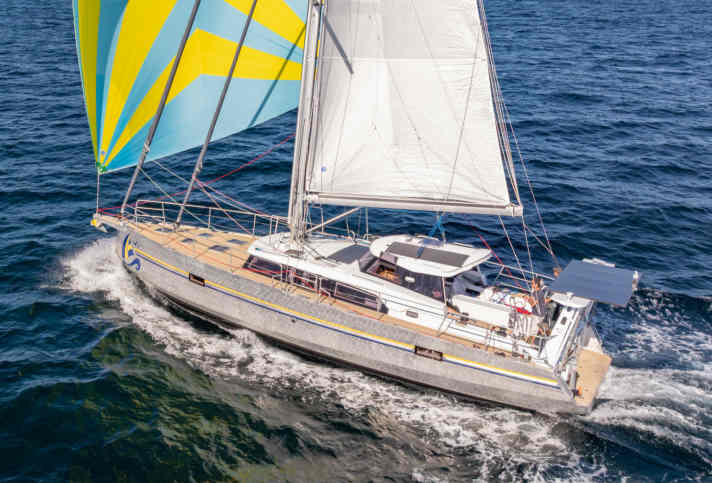
Uncompromisingly trimmed for blue water and strong under sail. The new Ovni 490 shows what it can do and what it offers in the YACHT test. And that's quite a lot. The first pictures from the test.
Sailing training ship "Greif"
Completion on the brink - who will cover the additional costs?
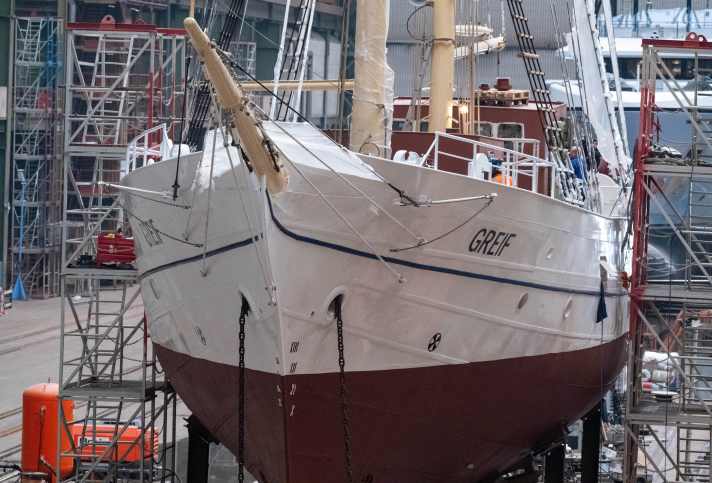
The basic renovation of the sailing school ship "Greif" has been underway for three years. Now the costs have exploded. It is unclear who will pay for it.
"Palm Beach XI"
Sydney Hobart ahead - sale brings "Wild Oats XI" foils
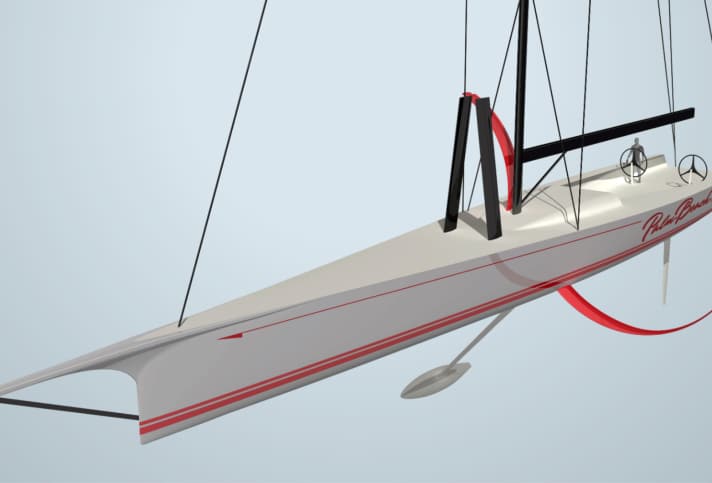
Palm Beach Motor Yachts, the brand of "Wild Oats XI" skipper Mark Richards, has purchased the 30-metre racing machine. "Palm Beach XI" is set to compete in this year's Rolex Sydney Hobart Race with buoyancy-supporting C-foils.
YYachts
22-metre entry-level model from Judel/Vrolijk revised
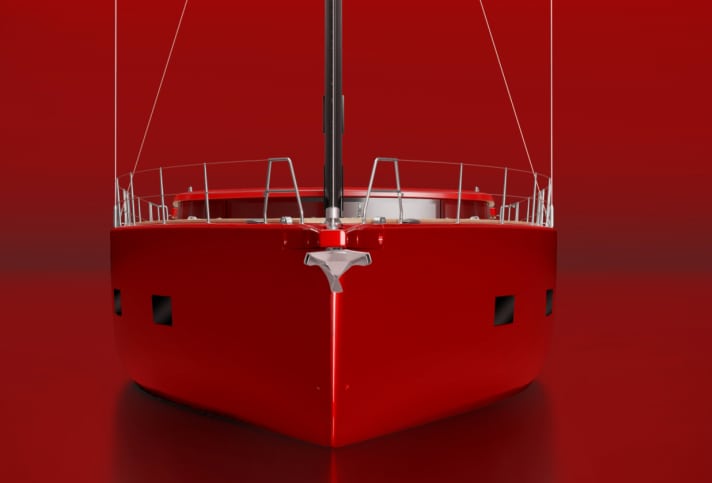
The Greifswald shipyard YYachts is presenting a comprehensive overhaul of its successful Y7, with a new design featuring more volume and optimised cockpit solutions.
Sailing technology
More than a simple tradewind sail, the multi-tradewind sail from Onesails
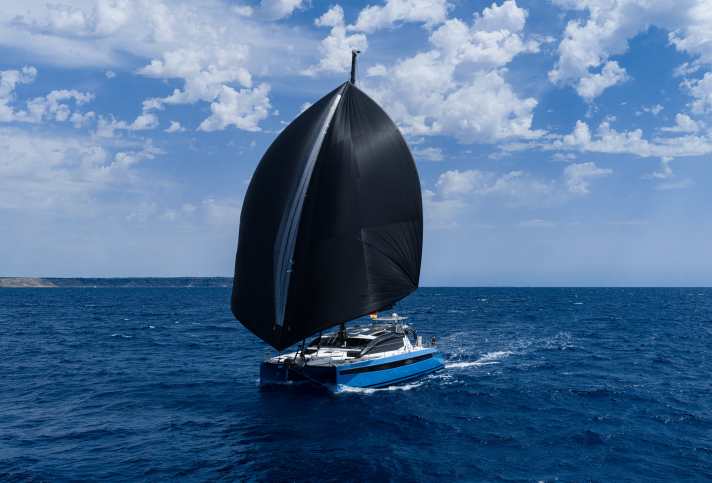
With the IFS Multi Tradewind Sail, OneSails presents an evolution of the traditional tradewind sail for downwind courses. It promises up to 35 per cent more surface area than a conventional spinnaker.
Mini-Transat
"All over in two seconds" - David with emergency rig at the finish line
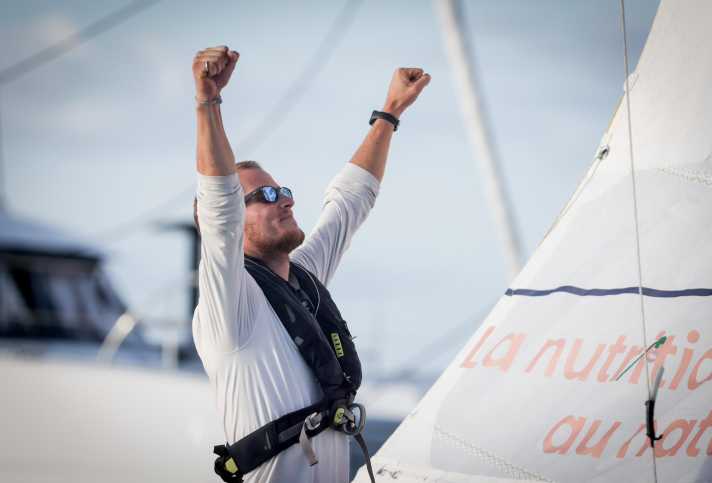
Even a 56th place can feel like a victory. For Victor David, it is a victory over the broken mast in the Mini-Transat. The German-Frenchman crosses the finish line.
Canary Islands
Tenerife - In the shadow of the giants
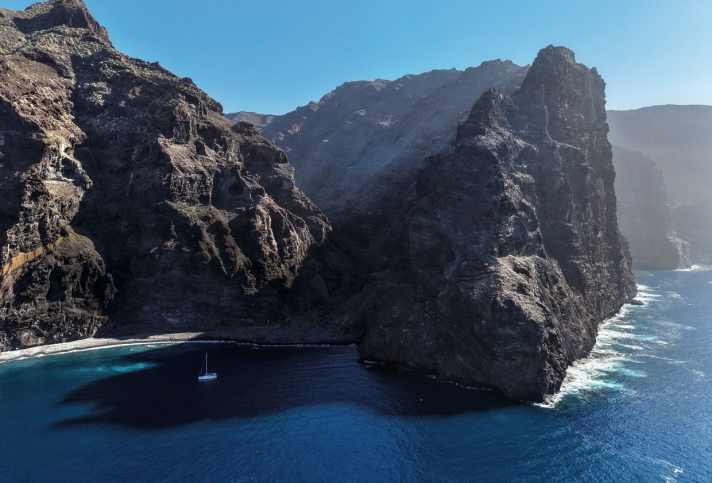
The wild west of the Canary Islands is an exceptional charter area - with special requirements. Part 1: the west of Tenerife.
Globe40
"Anything is possible, but we have to stay true to ourselves"
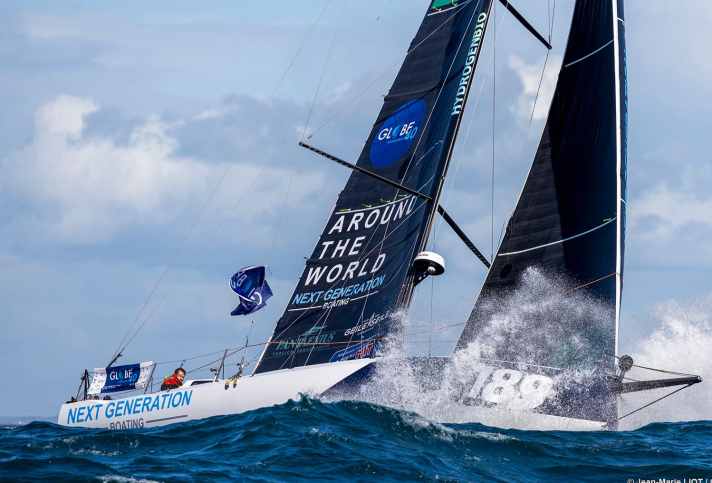
Lennart Burke and Melwin Fink are preparing for the third leg of the Globe40 circumnavigation on La Réunion. They will be heading to Sydney from 21 November.
Mojito 32
Flat-nosed flounder with a sense for the essentials
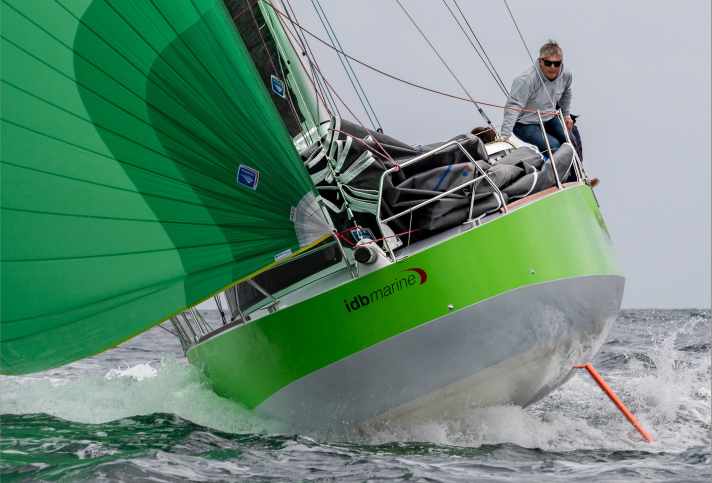
One for everyone and everything. The Mojito 32 from France is a daysailer, deck saloon yacht, sports boat and offshore racer all in one. The YACHT editorial team was on board the multi-faceted Frenchwoman and shows the first photos in the extensive gallery.
"Be Cool"
With the Swan 128, the name says it all
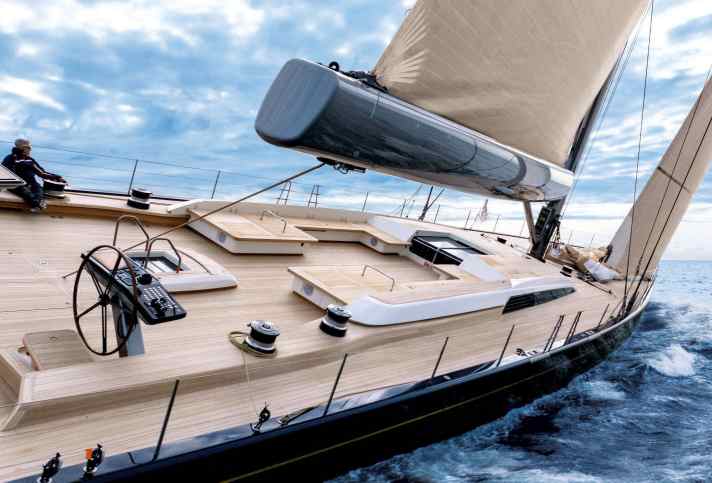
YACHT was able to sail the 39 metre long Nautor flagship "Be Cool". The Swan 128 was built for an experienced owner with big plans.
Newsletter: YACHT-Woche
Der Yacht Newsletter fasst die wichtigsten Themen der Woche zusammen, alle Top-Themen kompakt und direkt in deiner Mail-Box. Einfach anmelden:
